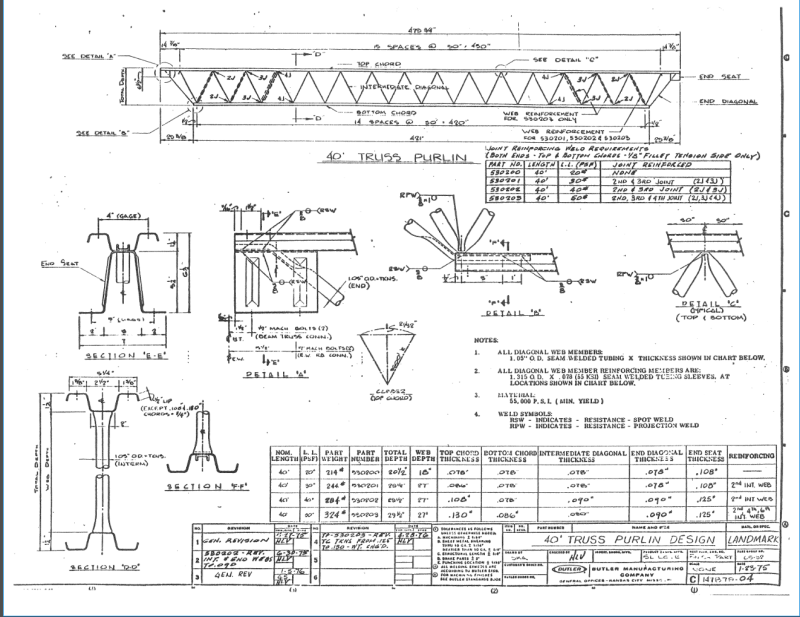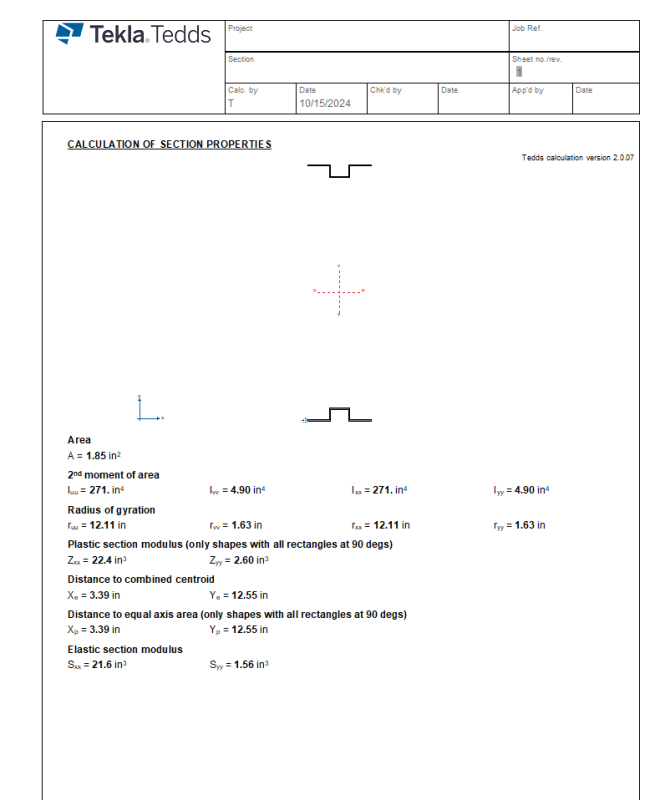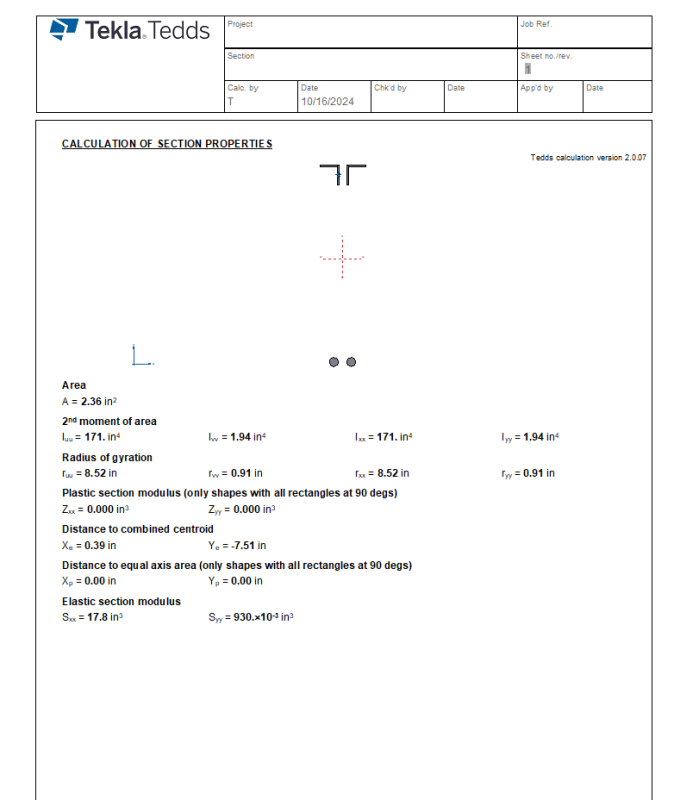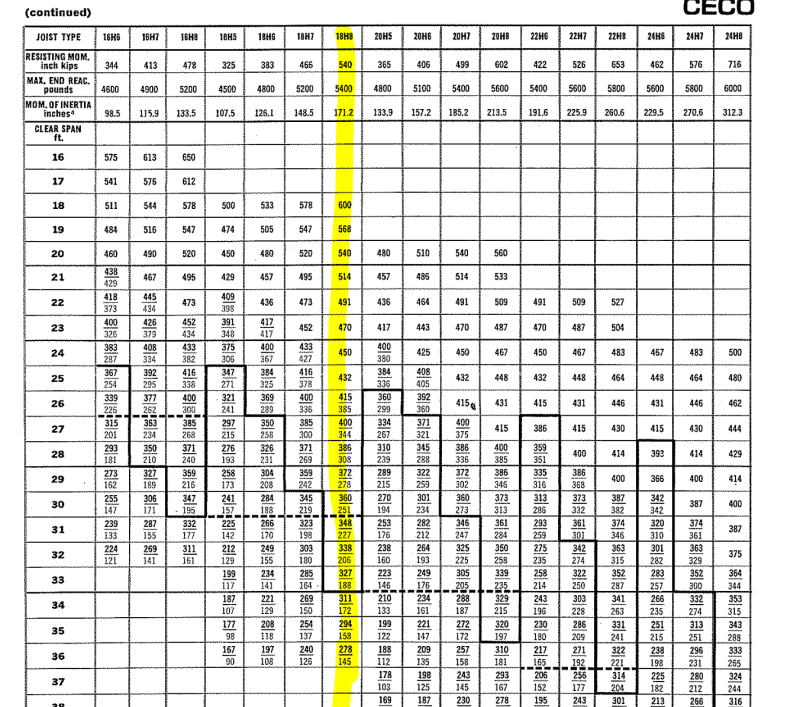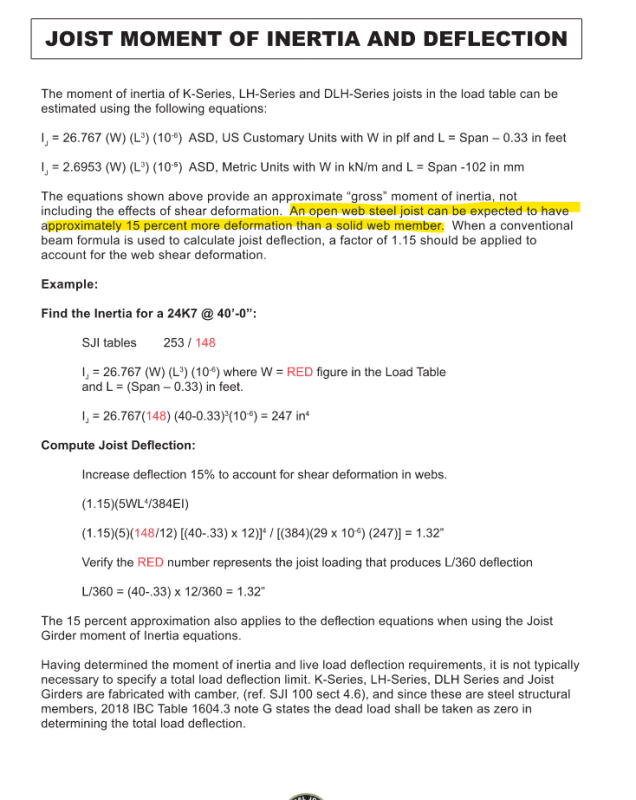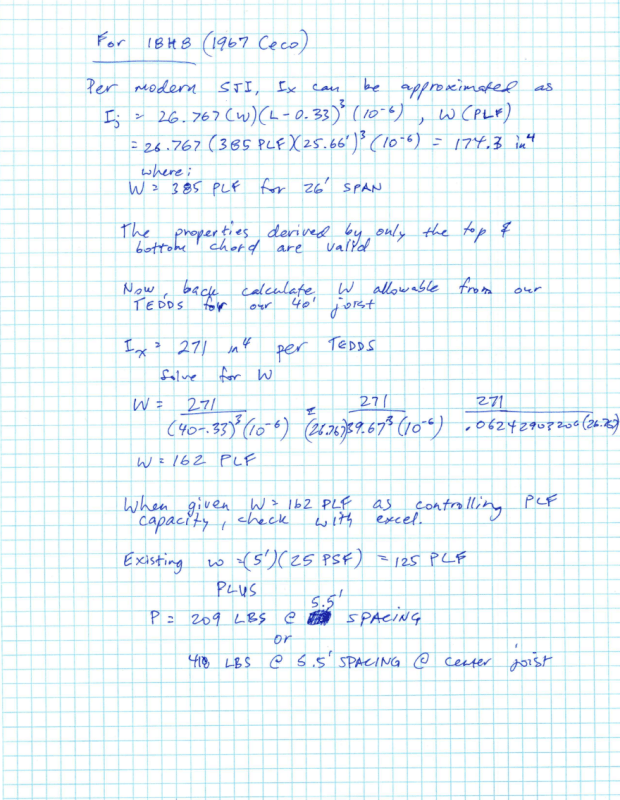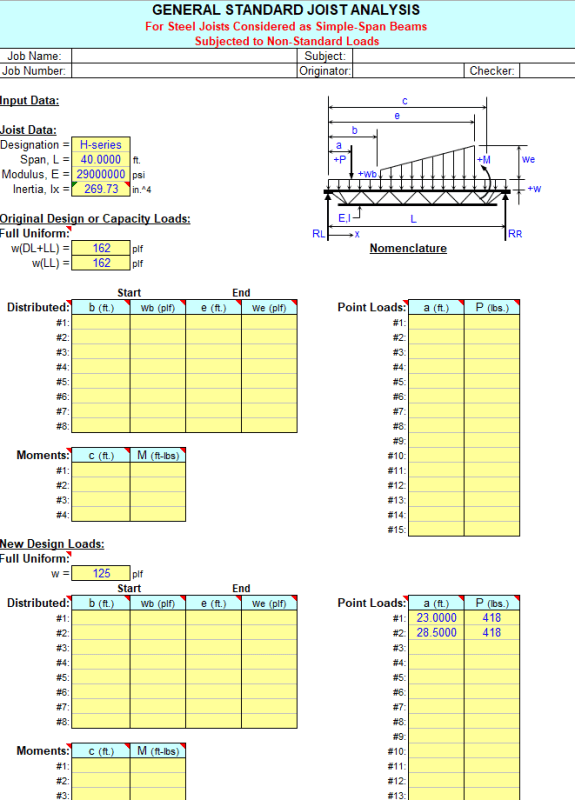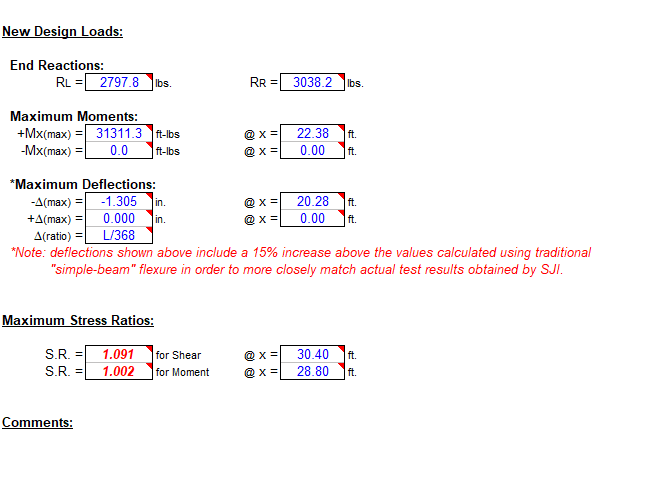mfstructural
Structural
- Feb 1, 2009
- 230
I have a project where the client is planning to add a 1,700 pound RTU on an existing roof. The proposed RTU is 115"x64" with the long direction perpendicular to the roof joists preferred. I've attached a sketch of the layout. There is a 8" CMU wall that can be taken advantage of if necessary. joists spaced at 60". They are open to orienting the RTU in the other direction if necessary. The RTU is to rest on two rails spanning perpendicular to the joists.
I am having trouble determining the capacity of the joists. I submitted the information and measurements to SJI and am awaiting a response. In the past I have not had good luck with joists with these section shapes as far as getting definitive data.
Has anyone seen joists like this or have any documentation on these types of joists that might help?
I'm also thinking about orienting the long dimension of the RTU the same direction as the CMU wall so a good portion of the load is transferred into the CMU wall.
I've included some photographs.
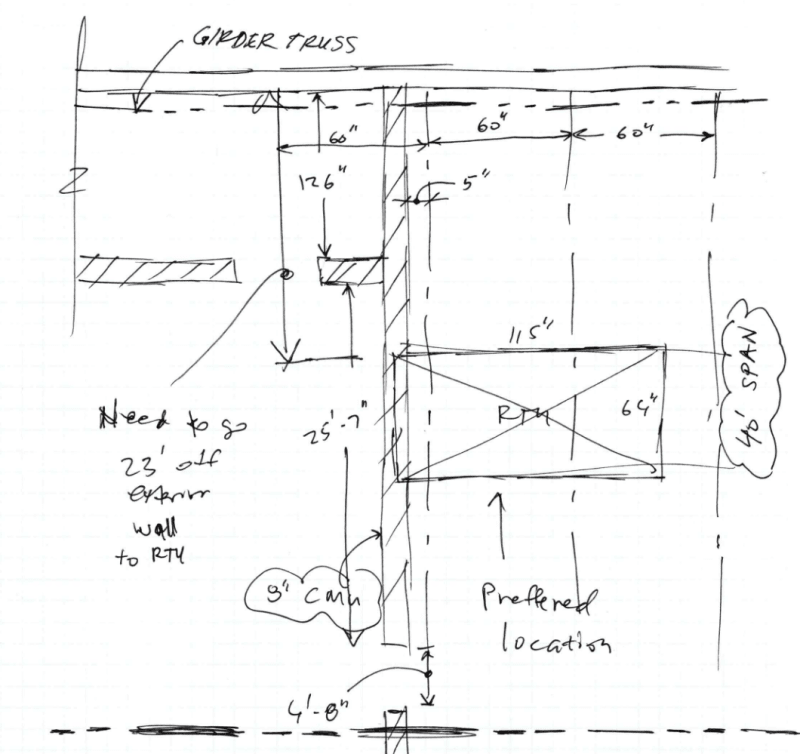
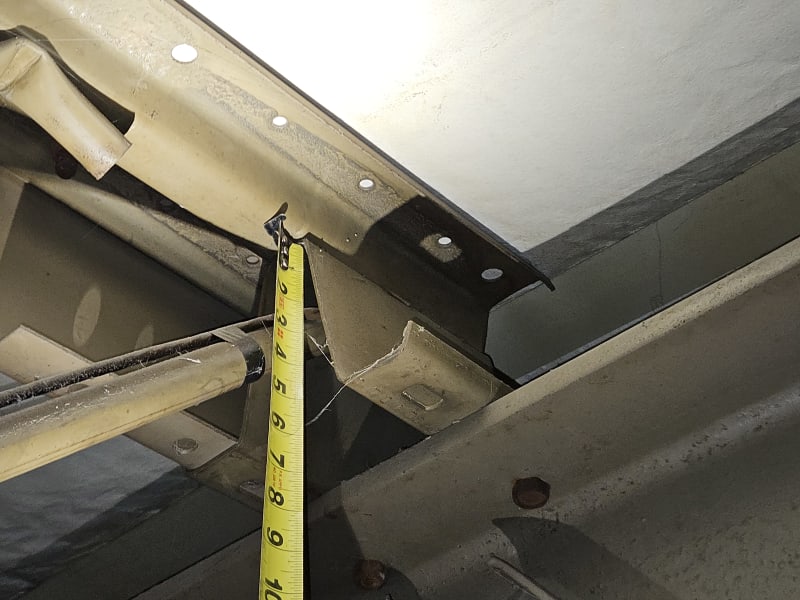


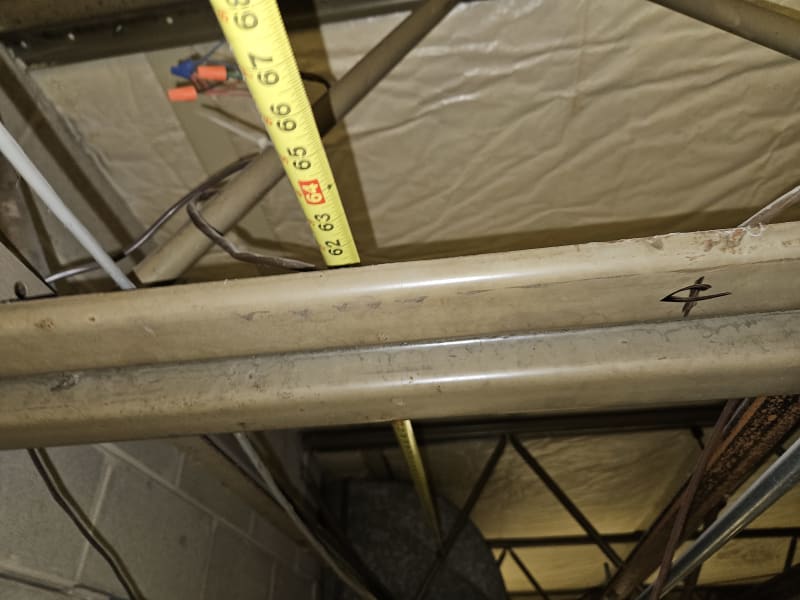
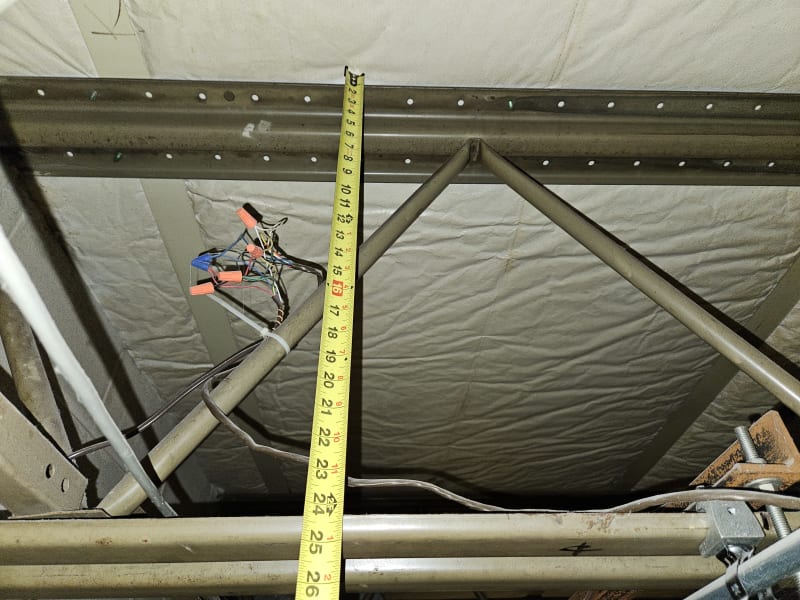
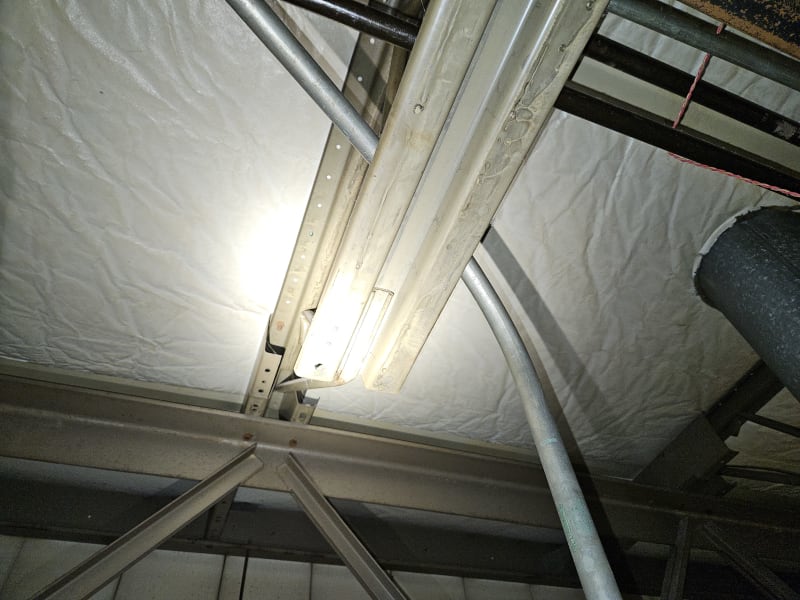
I am having trouble determining the capacity of the joists. I submitted the information and measurements to SJI and am awaiting a response. In the past I have not had good luck with joists with these section shapes as far as getting definitive data.
Has anyone seen joists like this or have any documentation on these types of joists that might help?
I'm also thinking about orienting the long dimension of the RTU the same direction as the CMU wall so a good portion of the load is transferred into the CMU wall.
I've included some photographs.








